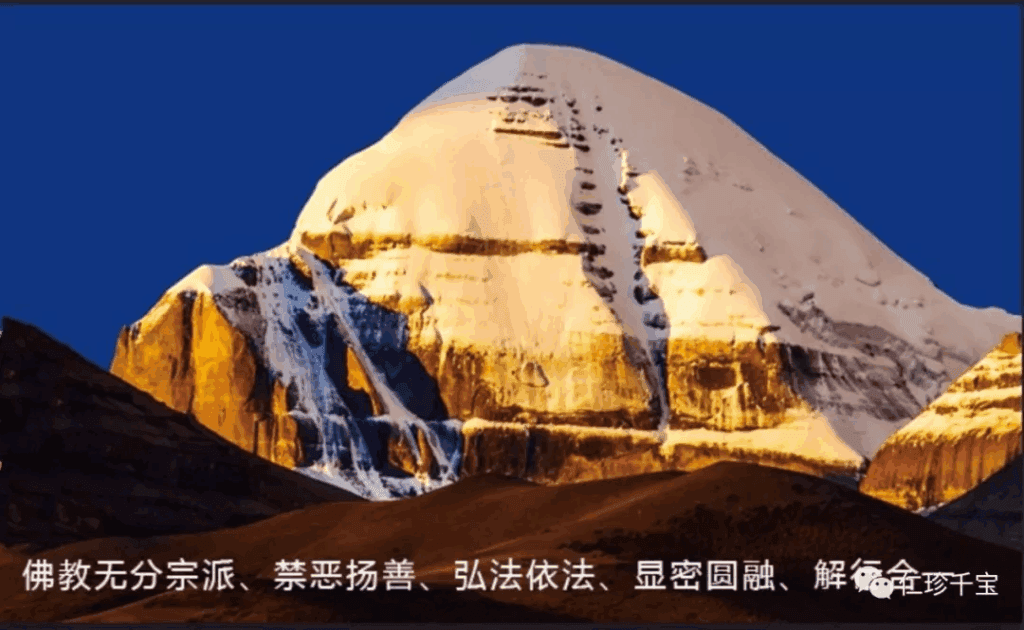Tibetan Buddhism can be categorised into the ancient and the new (sarma) translations. This means categorisation is based on which year the dharma was translated.
From the era of Tsongkapa (14th to 15th century), different traditions were mostly concerned about their own lineages. This caused great divides between different sects resulting in incidents, as both the followers and common folks were extremely attached to their own sects.
Thereafter, about 300 years ago, many great masters thought that the attachments and partiality were truly uncalled for. So they started the Rime movement which was the initiative to promote non-sectarian Buddhism. By non-sectarian, it is about taking your own tradition as your main practice, and not delineating and criticising other traditions. It is also about the need to learn and to practise with a pure mind, by accepting the teachings of other sects, and the dharma of the different lineages.

In Tibet, perhaps the first person to start the Rime movement was the great master Ganga Chokyi of Jonang Lineage. For him, he took Jonangpa and Sakyapa as his main practice, and those of other traditions as non-sectarian (Rime). Following him, many others also did the same. They had their own traditions, as listed below, and treated others as non-sectarian. The notable ones who promoted Rime were:
- Sherab Osel or Chyowo Rigzin Chenpo (founder of Bari Monastery, the mother monastery of Jigme Lingpa) – Nyingmapa and Sakyapa
- 10th Karmapa – Kagyupa and Nyingmapa
- 5th Dalai Lama – Nyingmapa and Gelugpa
- Jamyang Khyentse Wangpo – Sakyapa and Nyingmapa
- The lineage masters of both Jamgong Kongtrul Rinpoche and Sumang Kagyupa – Kagyupa and Nyingmapa
- Rigzin Tsewang Norbu – ancient translation school of Nyingmapa and the new translation school of Jonangpa
Tsewang Norbu relied mostly on the teachings of Jonangpa for sutras, and non-esoteric sections. As for esoteric sections, such as the siddhis for views, he followed the Great Perfection. To sum it, he mostly followed the teachings of the Nyingmapa and Jonangpa, for his practices. Some of these practices are Kalachakra, Web of Magical Illusion, and Chakrasamvara.
The first time Tsewang Norbu realised non-sectarian practice was when he was practising at the Vajrayogini’s sacred place (present day Mustang in Nepal). He was 32 years old that year (Year of Rooster, 1729).
Through the blessings of Vajrayogini and his own aspirations, he suddenly realised that there is no difference in the view for both ground and fruition during practice. The reason why many had thought that there were differences between them, was because of the differences in their practices.
These differences then resulted in the differences in fruition. What he realised was that for ground, path and fruition, there is really no difference between ground and fruition, but there can be differences in the methods used in the path, but there is no conflict.
So from then on, he used the method he realised to teach. The then Situ Rinpoche, and Karmapa said, “He realised that the dharma is non-sectarian; there is no distinction between them”.
The second time he realised it, was when he was 33 years old. He had a pure vision of Namkhai Nyingpo empowering him as the master of all tantras. From then on, he used the theory of the four tantras to explain and to transmit tantric teachings.
Tsewang Norbu has been praised by Jamgong Kongtrul Rinpoche, Ala Zhongmang of Jonangpa, and many others, as the “Master of Secret”. What this means is he is the Vajradhara and the Vajrapani. He has also been praised in the liturgy for the empowerment of Samaya Tara written by Jamgong Kongtrul Rinpoche, as the “the founder of non-sectarian Buddhism, who has mastery of the Vajrapani – The Master of Secrets.”